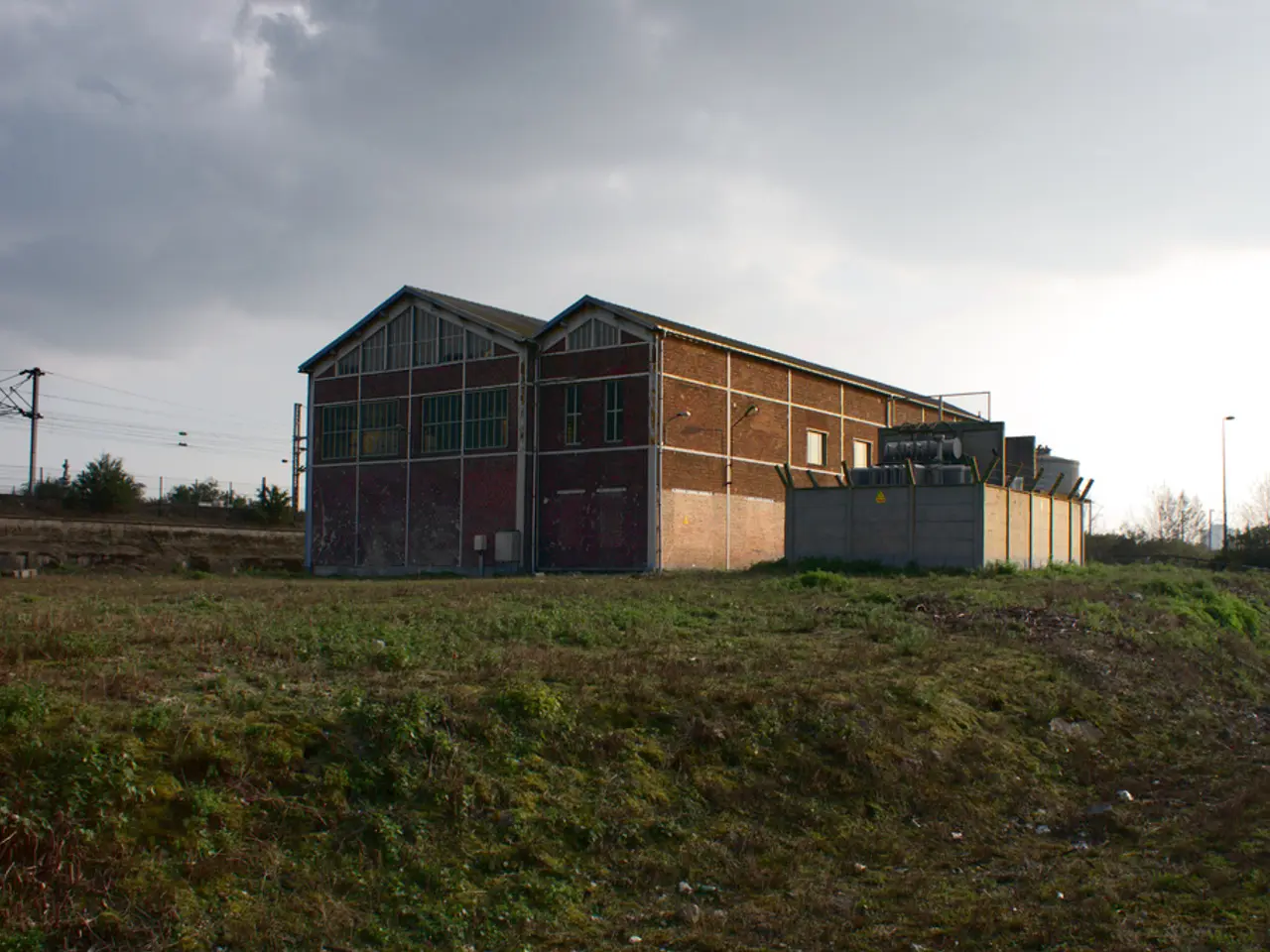Trump's budget proposals may intensify the nation's energy crisis
The U.S. is currently facing an energy crisis, with record-breaking electricity demand and an aging electrical grid in need of infrastructure upgrades [1]. Amidst this crisis, proposed budget cuts to the Department of Energy (DOE) could significantly undermine the U.S. response and hinder technological innovation.
From 1976 through 2015, the DOE invested $12 billion in research, development, and deployment in the Energy Efficiency and Renewable Energy (EERE) programme, yielding a staggering $388 billion in economic benefits, or an ROI of over 27% [2]. However, recent proposals threaten to slash funding for the EERE and other critical programmes.
The potential consequences of these cuts are far-reaching. More than 3,000 DOE lab jobs, particularly at the National Renewable Energy Laboratory (NREL), could be cut, impairing wind, solar, battery, and renewable energy research critical to transitioning to clean energy [3]. The Advanced Research Projects Agency–Energy (ARPA-E), which supports high-risk, high-reward energy technologies, faces a 57% funding cut, limiting federal capacity to innovate breakthrough energy solutions [2].
Furthermore, a 19% reduction in nuclear energy funding would scale back "non-essential research," potentially decelerating progress on advanced reactors and nuclear fuels vital for clean baseload power [2]. Reduced loan guarantees could slow deployment of emerging technologies, and state-level impacts and program disruptions could delay or cancel energy efficiency, grid modernization, renewable energy expansion, and resilience projects [4][5].
The proposed cuts across federal science agencies, including a 74% reduction for DOE's Office of Energy Efficiency and Renewable Energy, risk choking the "innovation engine" that develops technologies to tackle climate change and energy security [3]. These reductions could severely weaken U.S. leadership in energy innovation, slow the development and deployment of clean energy technologies, exacerbate the energy crisis by limiting solutions for reliability and affordability, and impair America’s ability to mitigate climate impacts through science and technology [3][1][2].
Investments by the government after World War II led to the creation of many modern technologies, including GPS, computer chips, solar photovoltaic cells, and lithium-ion batteries [6]. Historically low costs for battery storage, solar photovoltaics, grid components, and critical infrastructure have also resulted from DOE investments [2]. The DOE's Office of Science funds projects across industries and sectors, including the private sector, national labs, and universities [7].
The DOE's Office of Science has an annual budget of $8.2 billion for projects related to critical minerals, quantum computing, enhanced geothermal energy, and artificial intelligence [7]. Forecasters predict electricity use will increase 50% by 2050 in the U.S. [1]. With the aging electrical grid, expanding data center power use, electrification of buildings, and transportation, and due to climate change-induced extreme temperatures and weather events, these cuts could not come at a worse time.
Moreover, the president's budget request proposes a 26% cut to non-defense DOE programs, which could lead to international competitors surpassing the U.S. in new technology development and adoption [8]. This could further exacerbate the energy crisis and hinder the U.S.'s ability to lead in energy systems like next-generation grid technology, AI, and clean energy development and manufacturing.
The American Society of Civil Engineers gave the nation's electrical infrastructure a D+ in their latest annual Infrastructure Report Card, indicating a failing grade [1]. Defunding scientific research may cause Americans to become increasingly reliant on foreign intellectual property and technology, while the domestic grid continues to decay, potentially worsening the national energy emergency.
In conclusion, the proposed budget cuts to the DOE could have severe consequences for the U.S.'s energy system and leadership in energy systems like next-generation grid technology, AI, and clean energy development and manufacturing. The combination of job losses, hindered research programs, and constraints on state-level energy initiatives underscores the risks of these budget cuts to both technological progress and energy resilience.
References: 1. U.S. energy infrastructure at risk as aging grid struggles to meet demand 2. Budget Cuts to Energy Research Programs Could Hurt U.S. Energy Innovation 3. Cuts to clean energy research could stall U.S. climate goals 4. Trump's budget request kneecaps energy innovation 5. One Big Beautiful Bill Act threatens U.S. energy innovation 6. Investments of approximately $7.4 billion (in today's dollars) by the government after WWII led to the creation of many modern technologies, including GPS, computer chips, solar photovoltaic cells, and lithium-ion batteries. 7. The DOE's Office of Science funds projects across industries and sectors, including the private sector, national labs, and universities. 8. Historically low costs for battery storage, solar photovoltaics, grid components, and critical infrastructure have resulted from DOE investments.
- The energy crisis in the U.S., with its aging grid and record-breaking electricity demand, could be worsened by budget cuts to the Department of Energy (DOE), potentially undermining technological innovation critical to addressing the emergency.
- The DOE's investments in energy research, development, and deployment from 1976 to 2015 yielded over $388 billion in economic benefits, making it crucial to maintain funding for programs like the Energy Efficiency and Renewable Energy (EERE).
- Proposed cuts to the EERE and other critical DOE programs could lead to the loss of more than 3,000 lab jobs at the National Renewable Energy Laboratory (NREL), potentially hampering research in wind, solar, battery, and renewable energy.
- The reduction in funding for the Advanced Research Projects Agency–Energy (ARPA-E) could limit federal capacity to innovate breakthrough energy solutions, as it supports high-risk, high-reward energy technologies.
- A 19% reduction in nuclear energy funding could decelerate progress on advanced reactors and nuclear fuels vital for clean baseload power, while reduced loan guarantees could slow the deployment of emerging technologies, impacting energy resilience and affordability.




